Use the Emmy Awards to Teach Media Literacy
A MiddleWeb Blog
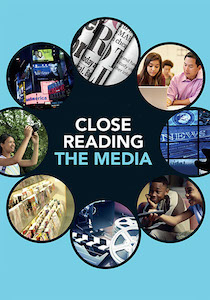 Media literacy expert Frank Baker’s suggested headline for this article, “Honoring Television’s Best & Hooking Students With The Media Production Process,” was a little long for our format, so we thought we’d share it this way. You get the idea!
Media literacy expert Frank Baker’s suggested headline for this article, “Honoring Television’s Best & Hooking Students With The Media Production Process,” was a little long for our format, so we thought we’d share it this way. You get the idea!
A new TV season is about to begin. But before it does, the television industry will honor its best and brightest during the annual Emmy Awards, recognizing programming from the previous year. (This year, the awards telecast is scheduled for 8pm ET, September 17 on the CBS-TV Network.)
This is another one of those pop culture events (like the Super Bowl and the Academy Awards) that generates lots of buzz and which has implications both inside and outside the classroom.
]
Many of us, and our students, still follow television programs and series, whether they’re broadcast on TV or cable, or streamed on any one of a half dozen new and emerging services.
Today, there are many more programs eligible for Emmy awards than in the past. Since 2007, the number of programs under consideration has more than doubled. A record number of performers are working in the television business. (I pity the Emmy voters who have to consider so many nominees.)
Some critics are proclaiming the current era to be the “Second Golden Age of Television” – referencing the quality of material airing today. (The first “Golden Age of TV” occurred between the 1940s and 1960.)
In 2016, the broadcast networks (ABC, CBS, NBC and PBS) were overshadowed by the number of Emmy’s won by cable TV and those new kids on the block, like Hulu, Netflix and Amazon. (HBOs’ Game of Thrones was the biggest winner last year with 12 awards, mostly in the technical categories.) There have been predictions that broadcast might make a comeback this year.
For the past several months, the fanfare and the campaigning have reached epic proportions. In an effort to sway decisions, studios sent DVD packages to eligible voters and sponsored lavish parties. (The New York Times recently reported on the hoopla.).
A Deadline Hollywood columnist also observed: “The (publicity) campaign is as important as getting the award itself.” Emmy hopefuls have been featured in multi-page ads in trade publications such as THR, VARIETY, and EMMY. (These “For Your Consideration” ads also showed up in daily newspapers and on billboards in the Los Angeles and New York City areas, where most of the voters reside.)
Who Are The Emmy Voters?
The Emmys, awarded by the Academy of Television Arts & Sciences, honor those who work in front of and behind the camera. The Academy, with more than 20,000 members, is divided into 28 peer groups of specialized fields. The members of each peer group vote on the nominees and winners for categories pertaining to their area of specialty. (Source) A separate awards ceremony, the Creative Arts Emmy Awards, will honor the crafts people—those who work behind-the-scenes in production. The winners of Creative Arts Awards were announced September 10, 2017..
Students will find this “How An Emmy Is Won” infographic easy to follow. Also see these resources:
► Emmy Nominations
► Interesting Facts about the Emmys
Last year, HBO’s “Game of Thrones” received 24 nominations, but this year, due to a scheduling issue, it was not in contention. That left the door open for other series to swoop in and try to fill the gap.
And the Nominees Are . . .
When the Emmy nominations were announced on July 13, “Saturday Night LIVE” (NBC) tied with sci-fi western drama “Westworld” (HBO) with the most nominations: 22. SNL garnered much media and critic attention with its comedy and parody portrayals of the Trump administration. With “Game of Thrones” out of the competition, “Westworld” was the other favorite of Emmy voters.
HBO led all of the networks with 111 nominations, while streaming service Netflix was next with 91.
Click image to see infographic of the entire 2017 Emmy selection process.
Connecting Television to Teaching Standards
Studying television in the middle grades might seem inappropriate or frivolous. However, many ELA teachers know that when they take the time to engage students with popular culture texts, they’re really meeting them where they are.
We know students watch television and discuss favorite plots, stars and genres. In their book “Falling In Love With Close Reading,” authors Christopher Lehman and Kate Roberts recommend engaging students by having them compare some of the situation comedies they might be fond of watching. (See this Read/Write/Think lesson plan for more ideas on studying TV in the middle grades.)
The Common Core ELA standards for middle grades specifically reference the importance of teaching students to understand media technique, connections to original texts, and choices made in production:
► 7th grade: Compare and contrast a written story, drama, or poem to its audio, filmed, staged, or multimedia version, analyzing the effects of techniques unique to each medium (e.g., lighting, sound, color, or camera focus and angles in a film).
► 8th grade: Analyze the extent to which a filmed or live production of a story or drama stays faithful to or departs from the text or script, evaluating the choices made by the director or actors.
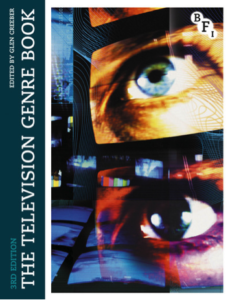
The nominated programs fall into one of many popular genres and sub-genres. In classrooms today, students study genre and the formulas that comprise them.
Popular TV genres include sit-coms, drama (police, legal, medical), action/adventure; sci-fi, animated, reality, game and comedy. Students could explore why they gravitate to certain genres and why they are appealing. (NOTE: The Television Genre Book may offer you some solid suggestions on how to teach them.)
Finally, teachers might want to apply some typical media literacy questions to the Emmy Awards. The following questions are suggestions to jump start your students’ critical thinking skills:
Recommended Resources
Infographic: How An Emmy Is Won
Read Scripts from the 2017 Emmy Nominated Shows (at LA Screenwritier)
Archive of American Television (streaming interviews and more)
Creating Critical Viewers (produced by the National Academy of TV Arts & Sciences)
Genre Deconstruction (at TV Tropes)
Genre Studies In Mass Media- A Handbook (by Art Silverblatt)
The Whole Crazy Process of Creating A TV Show- From Pitch to Pilot (at Gizmodo)
________________
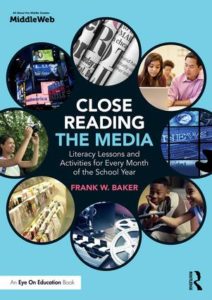
Frank’s new book Close Reading the Media: Literacy Lessons and Activities for Every Month of the School Year (December 2018) can help teach middle school students to become savvy consumers of the TV, print, and online media bombarding them every day. Pre-buy this timely book copublished by Routledge and MiddleWeb and use discount code MWEB1 for 20% off the cover price.

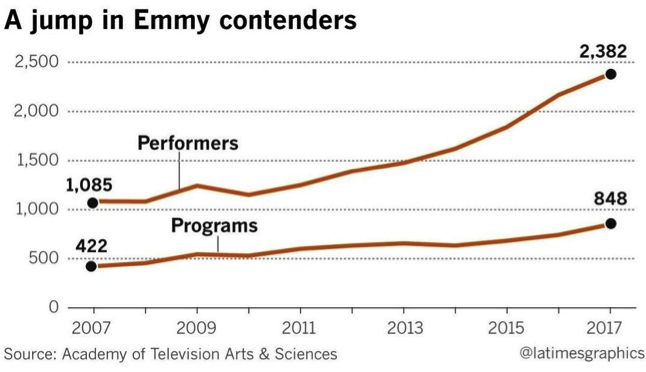
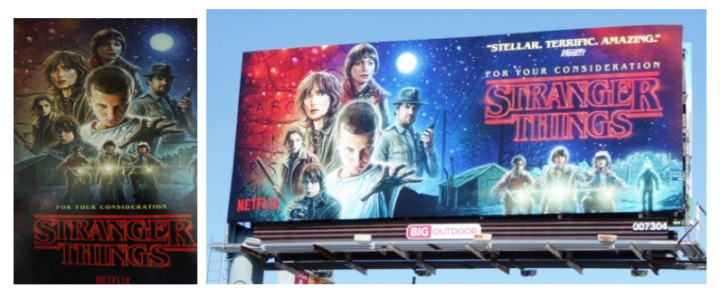
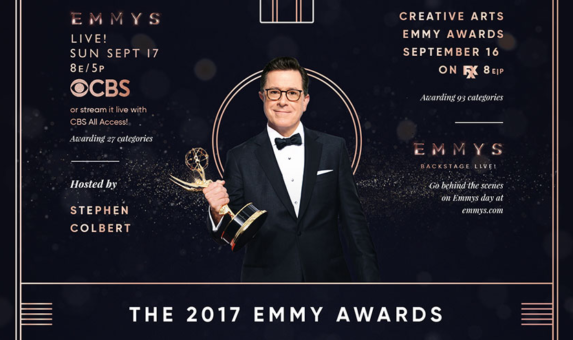
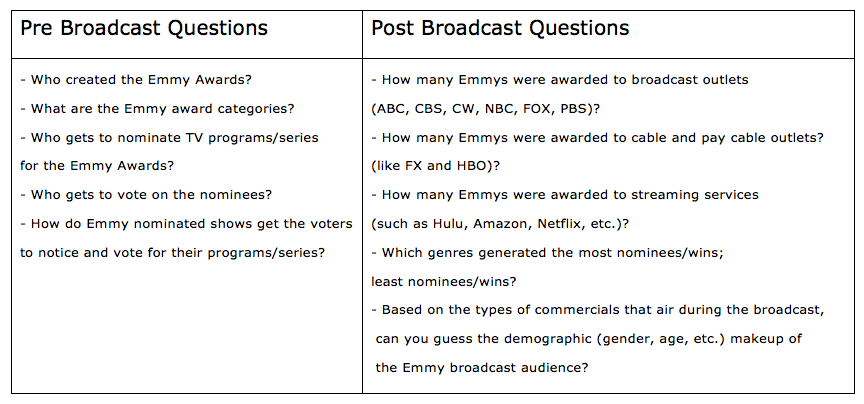

































Media literacy / media arts are frequently inherent in visual arts courses — great, needed stuff. Just like ELA teachers have students read for understanding, decode, learn structures (grammar, parts of speech), and re-code by writing for a specific purpose — art teachers have students “read” still or moving images for understanding, decode, learn structures (elements and principles of design, composition, camera angles and tricks, etc), and re-code by CREATE artwork – visual or media – to express. This is our area of expertise — so glad that it is being recognized as the true ‘literacy’ that it is! Signed: a middle school arts teacher!
Debra – thanks so much for your perceptive comments! Be sure to check out some of the other posts by Frank Baker and fellow MW writers that highlight visual literacy. Art teachers have a key role to play in a “post literate” society.
Several nice/timely features:
Production Design
http://www.hollywoodreporter.com/behind-screen/emmys-production-designers-details-bring-816201
Editing
http://www.hollywoodreporter.com/behind-screen/emmys-editors-better-call-saul-816198
Cinematography
http://www.hollywoodreporter.com/behind-screen/emmys-reality-tv-cinematographers-main-816199